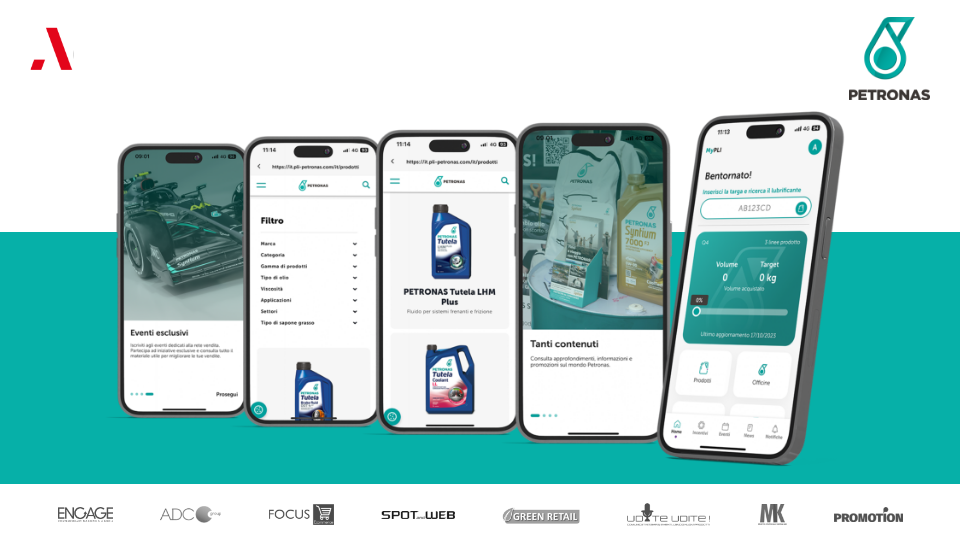Zero Party Data? It’s nothing new
After an eventful 2020, 2021 seems to be all about Zero Party Data.

Zero-Party Data is data that users intentionally and proactively share with a brand in exchange for benefits. This differs from First-Party Data, which brands collect through interactions with customers across their touchpoints.
We have been talking about this for years, but data is back in the spotlight because of the new restrictions enforced by the GDPR (General Data Protection Regulation) and the CCPA (California Consumer Privacy Act) according to which, by the end of 2021, third party cookies can no longer be used.
In other words, it is no longer possible to haunt users with ad banners for days and days just because they have dared to look a pair of shoes up. And that is where the real change will occur: brands will have to learn to target their investments better, agencies can no longer buy and sell behavior data of (unaware) users, and editors will finally face the fact that content is a valuable asset and should not be undersold.
Why are we saying that there is nothing new, then?
Let’s be honest: users find retargeting annoying. From 2016 to 2019, the use of ad blockers on desktop and mobile devices rose to 69% worldwide. On top of that, retargeting does not guarantee brand safety and it doesn’t always drive the expected number of conversions.
No proprietary data, no party
The only way to build a valuable relationship with clients and prospective clients is to own a proprietary database that contains user behavior data. We cannot stress enough the importance of a cohesive and clean database, one that only includes the people who are truly interested in learning more about the brand and receiving the latest updates on products, services, and tailored promotional activities. The only way to collect and efficiently manage Zero- and First-Party Data is to implement proprietary engagement activities that guide users through behavior-based customer journeys that provide value to them.
In a nutshell, it is value in exchange for value. Users are willing to share personal information if they receive value and personalized benefits.
Does this ring any bells? Once again, it is all about 1-to-1 marketing.
Let’s restart from loyalty
If the word “loyalty” reminds you of traditional stamp collections, we can simply define it as “an ongoing and mutually beneficial engagement process based on quality”. To put it another way, it is the ability to turn first-time brand-consumer interactions into solid, long lasting relationships. For all the marketers out there, this is behavioral loyalty.
Brands should therefore understand the importance of building their “walled garden”, a protected environment where they only grant access to the people who have given their consent. This is the place for brands to design behavioral loyalty journeys that reward users for the actions they found of value. Loyalty journeys may also be based on gamification strategies.
How to proceed? All the technology is already there, it just needs to be used properly.
The first step is to conduct a Data Assessment.
How do you manage your clients’ data during the first stages of activation? What is your registration procedure? Does it imply the use of a CRM system? Is data static or dynamic? Is data clustered around predefined variables or parameters based on observation? Does this process bring value to all company’s departments? But most importantly, once you have tracked and analyzed your data, what do you do with it?
Next is defining a strategy.
Do you have full control over your touchpoints? Is data stored in a single data lake? Are you able to identify your users univocally? What activities do you implement to keep them engaged?
You should have asked yourself these questions long ago, they would have helped you save time and gain awareness of your target audience. It is essential to find answers to these questions now, before it is too late.
Time is money, now more than ever.












